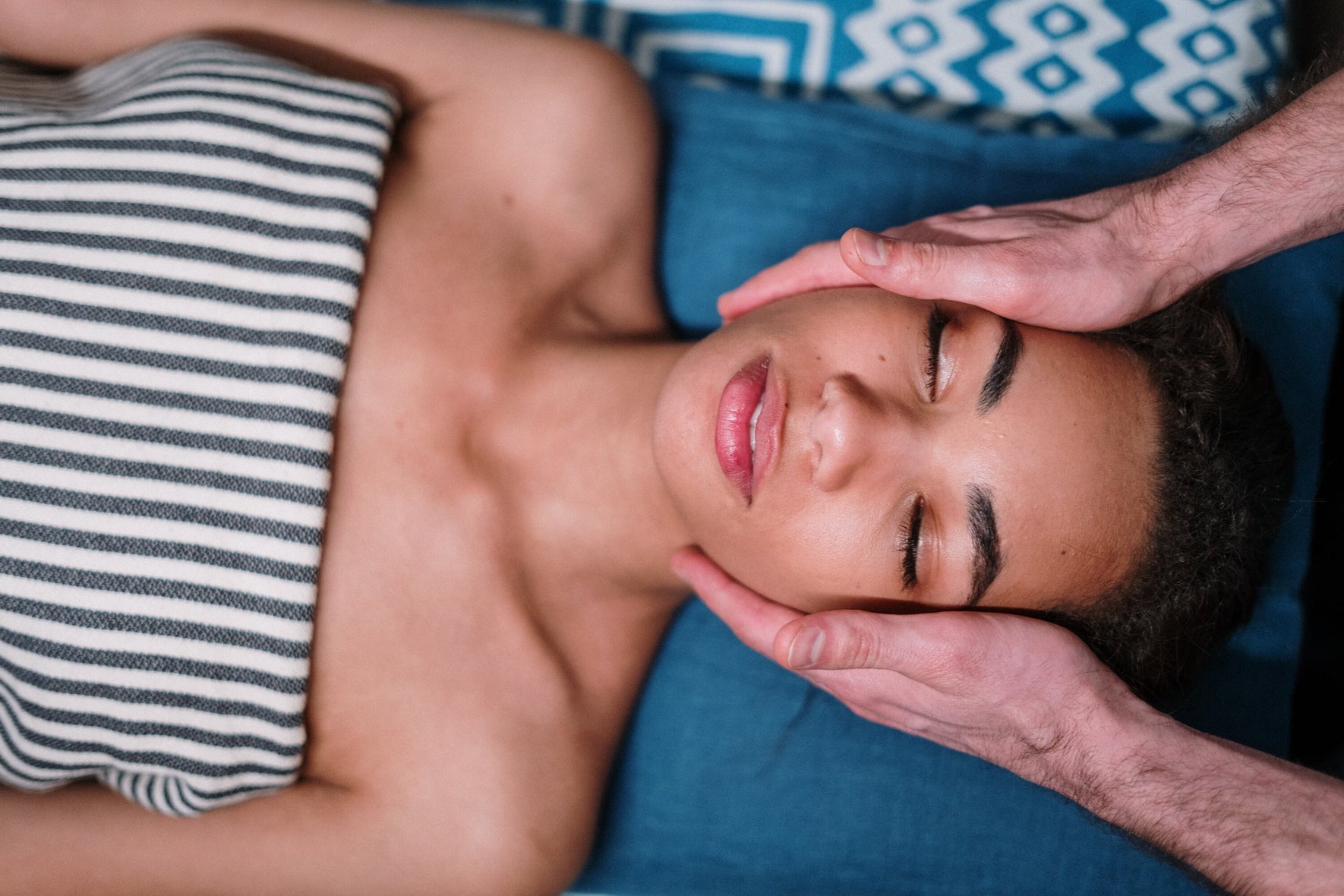
What is Craniosacral Therapy?
If you’re on the lookout for alternative ways to complement your training programme, soothe existing pain issues or simply relieve tension, then you might want to try craniosacral therapy. Read on to discover more and whether it might be right for you.
What is craniosacral therapy?
Also known as CST, craniosacral therapy is a non-invasive practise that uses gentle pressure to relieve compression and tension in the head, sacrum (a triangular bone in the lower back) and the spine. Through a series of gently manipulative movements, CST can help release tension and also encourage a more normal flow of cerebrospinal fluid in the central nervous system, blockages of which can cause pain and discomfort. Once a free flow of this fluid has been created, it paves the way for the body to maintain its own balance and heal itself as normal. Because it’s an all-body therapy that promotes a balance of energy, as well as helping to relieve physical tension that has built up, CST can help reduce emotional tension too.
When is craniosacral therapy used?
As well as CST therapists providing treatments, craniosacral therapy is often performed by massage therapists, physical therapists, osteopaths, and chiropractors as an addition to other treatments, which means it can be used to treat a number of issues. As well as treating migraines and trauma injuries and conditions such as scoliosis, CST can also be effective at dealing with insomnia, mood disorders and colic in babies.
What happens during a craniosacral treatment?
Most of what you can expect during a CST treatment is gentle pressure and light touch as your therapist holds your feet, head or sacrum and works to realign energy and fluid flow. Depending on the issue, you may experience some light manipulation, gentle tissue-release methods or repositioning of your body on the therapy bed in order to try and normalise the flow of cerebrospinal fluid or release any particular areas of tension. While the treatment shouldn’t be painful, you might feel some numbing sensations or light pulsing, or you might feel nothing but deep relaxation. After your session it’s unusual to feel any pain or discomfort but some people may experience a slight tenderness in areas treated. If you have a history of traumatic head injuries, aneurysms or bleeding disorders then it’s best to steer clear of CST altogether.
How do I find a craniosacral therapist?
Like many alternative complementary treatments, CST is an unregulated practise. If a therapist is not adjoined to any kind of regulatory body, then there are no requirements that show that they are actually fit to practise. Finding a therapist through an accrediting body is a better way of ensuring you’re seeing someone reputable, so it’s always best to do some homework first. Click here to search the CSTA database of therapists, an accrediting body that sets its own high standards of education and development.
